Meet Eva, a specialist BIM lead who faces two significant challenges at work. Firstly, too much work has left Eva feeling overwhelmed and worn out. Finding it impossible to say no, Eva's evenings are consistently impacted, and she has developed a level of anxiety that doesn't disappear. Secondly, she is frequently asked to work below her expertise level. She struggles to get people to recognise what she does in her role and her value.
Jude, an accomplished senior architect, has similar concerns. She longs for less distraction, more focus, and better prioritisation in her daily routine. Her calendar is jam-packed with back-to-back meetings, leaving her barely any time to focus on her critical tasks. She has too many long meetings in a day and is not one to take lunch, leaving her exhausted.
What is the common thread between Eva and Jude’s challenges? An underutilised digital calendar.
But they're not alone in facing these hurdles or in their approach to managing their calendars. What struck me about Jude and Eva was that their calendars merely reflected their meetings, with little or no consideration for other crucial elements like travel time, preparation, or protected time for essential but non-urgent tasks.
To address these issues, we embarked on a mission to revamp their calendars, ensuring they accurately reflected their available time and priorities for today, tomorrow, and the weeks ahead.
Here's what we did:
Tasks are planned well in advance. This meant they weren't carrying to-do lists or tasks in their heads, easing the mental load.
Eva labelled the strategic tasks in her calendar, signalling her level and type of work. As all the office could view her calendar it gave her work greater visibility, and backed up her reasoning for not doing low-level tasks.
Jude factored in consistent team catch-up times after lunch. This added structure to the team's schedule and meant for less ad hoc interruptions.
With their calendars clearly mapped out, Jude and Eva are more selective about taking on additional tasks, considering how they fit into their schedules before saying yes. Jude has settled on a limit to the number of meetings and their length per day, so she isn't exhausting herself.
By carving out protected time (often in 2hr blocks), they ensure that essential strategic tasks are given the attention they deserve, leading to tangible progress aligned with the company goals. This is often the work they found motivating.
Both leaders are learning to allocate tasks based on their natural energy levels, preserving energy for more demanding tasks.
Jude's decision to block out lunchtime, even if she didn't always take it, serves as an example for her team, promoting a healthy work-life balance.
Both have an easier time filling in time sheets as their end-of-day calendar reflects reality.
Both factor in planning time at the beginning of the week and reflection time at the end. Eva and Jude acknowledge what works for them and feel more in control.
Yes, it requires work, but effectively utilising your calendar creates clear boundaries and facilitates communication. It not only helps Jude and Eva manage their time better but also encourages others to respect their commitments.

